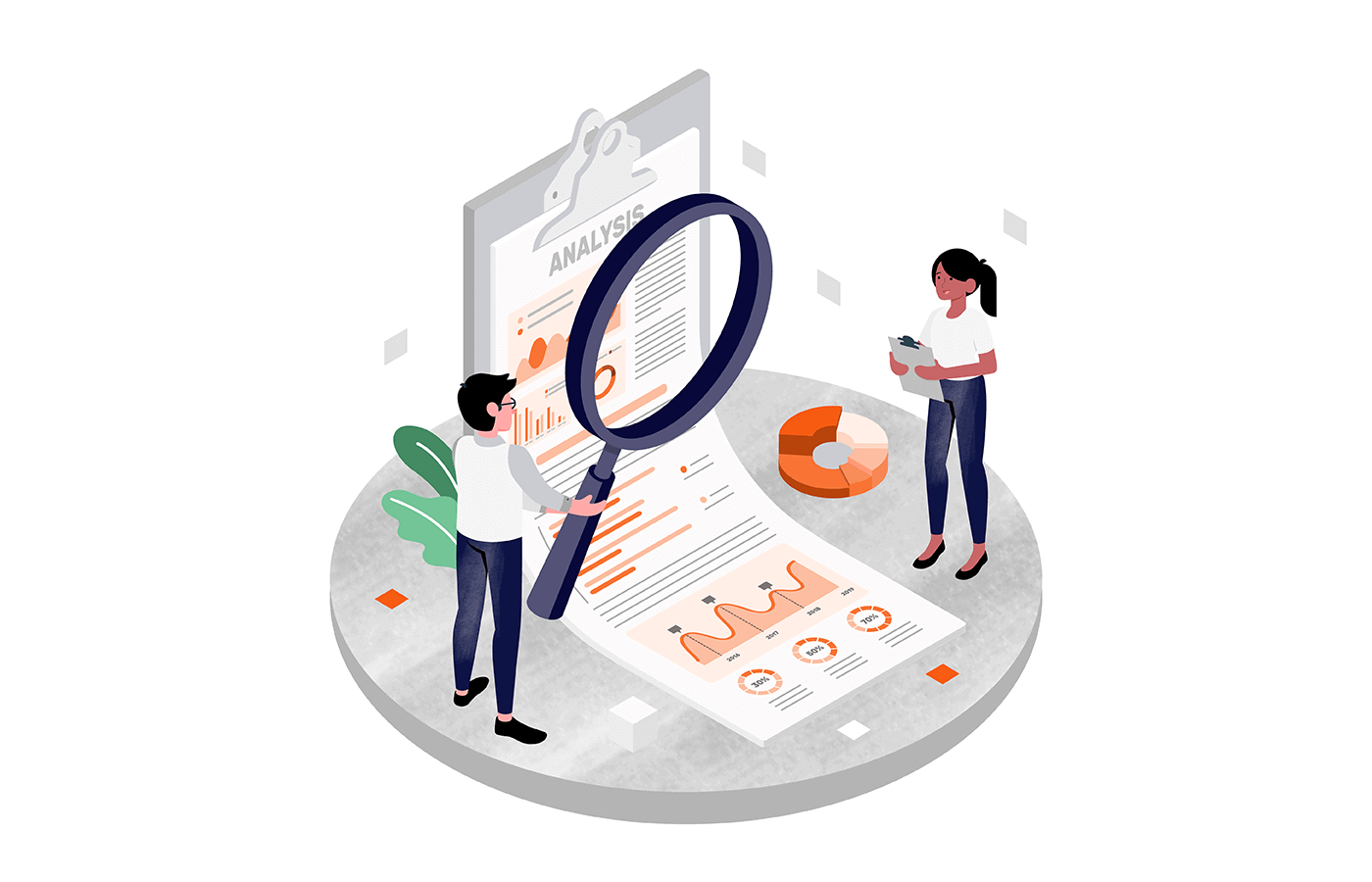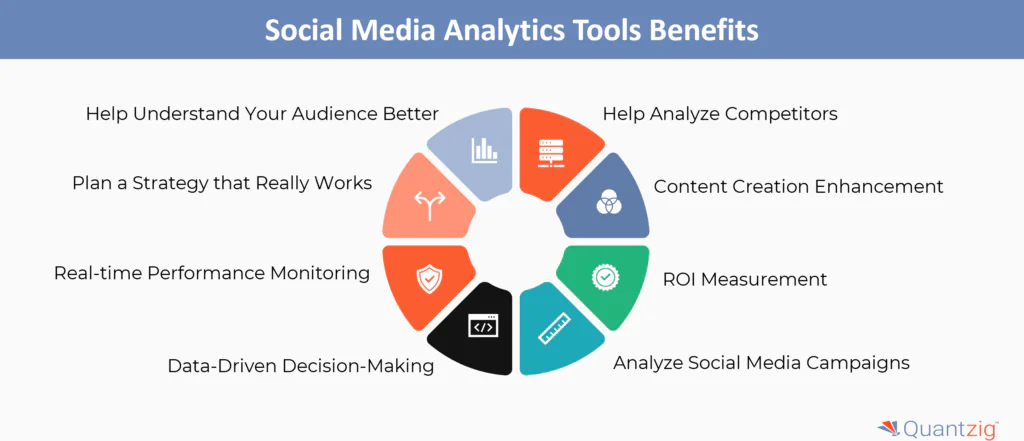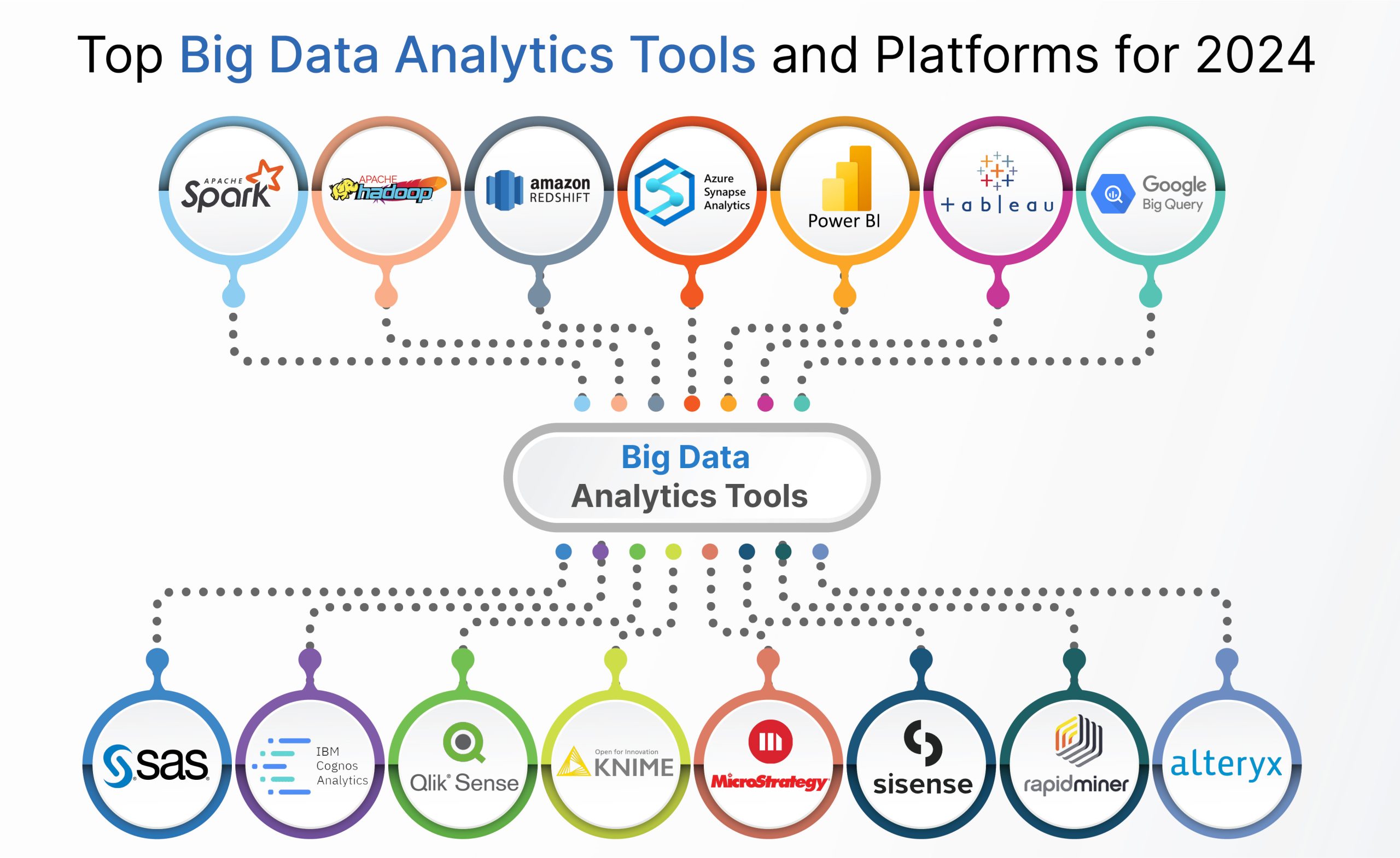Boost Effectiveness and Profitability Through Information Analytics
In today's data-driven landscape, companies are significantly identifying the pivotal function of data analytics in improving functional efficiency and profitability. By methodically analyzing information, organizations can discover vital understandings that educate tactical choices, streamline procedures, and tailor consumer experiences.
Comprehending Data Analytics
In today's data-driven landscape, comprehending data analytics is vital for organizations intending to improve functional efficiency and drive productivity. Information analytics includes the systematic computational analysis of information sets to discover patterns, connections, and insights that notify decision-making. By employing various strategies, such as analytical evaluation, device knowing, and predictive modeling, organizations can transform raw data into actionable knowledge.
The procedure typically begins with data collection, where pertinent information is gathered from multiple sources, including transactional databases, customer interactions, and market trends. This data is then cleaned and arranged to ensure precision and uniformity. As soon as the information is prepared, logical devices and software program are made use of to discover and envision the details, allowing stakeholders to determine anomalies and fads.
Inevitably, recognizing information analytics equips companies to make informed choices based upon empirical proof instead of instinct. It promotes targeted methods that can enhance source allotment, enhance customer contentment, and improve overall performance. As businesses increasingly recognize the worth of data-driven insights, a strong understanding of data analytics becomes an essential expertise for teams and leaders alike, placing them for sustained success in a competitive setting.

Trick Benefits for Organizations
Businesses that utilize data analytics can open a wide range of benefits that considerably boost their operations and productivity. One of the main advantages is improved decision-making. Information analytics gives actionable understandings stemmed from real-time data, enabling businesses to make informed choices that line up with market needs and consumer preferences.

Additionally, data analytics cultivates improved customer experiences. By understanding consumer actions and preferences, businesses can tailor their offerings, bring about raised contentment and loyalty. This tailored approach often causes greater conversion rates and repeat organization.
Moreover, data analytics enables companies to recognize arising trends and possibilities. By staying in advance of the contour, organizations can take advantage of new markets and advancements prior to their rivals.
Executing Data-Driven Techniques
Successful application of data-driven methods calls for a detailed understanding of both available information and business goals resources. Organizations should initially specify their goals plainly, making sure positioning between data initiatives and critical purposes. This quality makes it possible for teams to focus on pertinent metrics and understandings that drive decision-making.
Following, organizations should assess their existing information infrastructure. This includes examining data quality, ease of access, and combination capabilities. Premium data is necessary for accurate evaluation, as poor data can lead to misdirected techniques and squandered resources. Organizations should develop processes for data collection, cleaning, and management to maintain information stability.
Moreover, cultivating a data-driven culture is important. Workers whatsoever degrees must be motivated to utilize data find this in their daily procedures. Educating programs and workshops can boost data literacy, encouraging team to make informed decisions based on analytical insights.
Tools and Technologies Introduction
A durable collection of tools and technologies is necessary for companies intending to harness the complete capacity of information analytics. These devices help with the collection, handling, and visualization of data, enabling businesses to acquire actionable understandings.
At the foundational level, information monitoring systems such as SQL databases and NoSQL systems provide reliable data storage and retrieval abilities. For data handling and evaluation, programming languages like Python and R, together with frameworks such as Apache Glow, allow complicated computations and machine learning applications.
Visualization tools, including Tableau and Power BI, transform raw data into instinctive visual layouts, making understandings obtainable to stakeholders in any way degrees. Furthermore, cloud-based systems like Google Cloud and AWS use scalable storage and handling remedies, fitting the growing quantities of information organizations experience.
For sophisticated analytics, predictive modeling and AI-driven solutions are progressively adopted, allowing business to anticipate trends and boost decision-making processes. Integrating these devices right into existing workflows is extremely important; organizations that effectively utilize this technology can considerably boost functional efficiency and drive success. Therefore, spending in the right devices and innovations is a calculated essential for any data-driven company.
Study of Success
Leveraging information analytics has actually led various companies to achieve remarkable improvements in effectiveness and productivity. One significant instance is a large retail chain that applied predictive analytics to enhance supply monitoring. By evaluating historic sales information and client trends, the company minimized excess supply by 30%, resulting in significant expense savings and improved cash money flow.
Another example can be found in the manufacturing market, where a leading vehicle manufacturer utilized data analytics to enhance its production processes. By keeping track of machine performance in real-time, the organization identified inefficiencies and traffic jams, causing a 20% rise in general devices effectiveness (OEE) This not only boosted production rates however additionally minimized downtime and upkeep costs.

These study illustrate how data analytics can drive tactical decision-making, maximize procedures, and inevitably enhance both effectiveness and earnings across numerous industries.
Final Thought
In verdict, the combination of data analytics anchor right into service operations presents substantial chances for improving effectiveness and productivity. By systematically assessing data, companies can identify ineffectiveness, maximize client experiences, and make informed choices.
In today's data-driven landscape, recognizing data analytics is necessary for companies intending to enhance operational efficiency and drive profitability. Information analytics entails the organized computational evaluation of information collections to reveal patterns, correlations, and understandings that inform decision-making. Information analytics supplies workable insights obtained from real-time information, permitting organizations to make enlightened options that line up with market needs and consumer choices.
High-quality information is necessary try here for precise analysis, as inadequate information can lead to misdirected techniques and lost sources. Organizations should develop procedures for data collection, cleansing, and management to keep data stability.